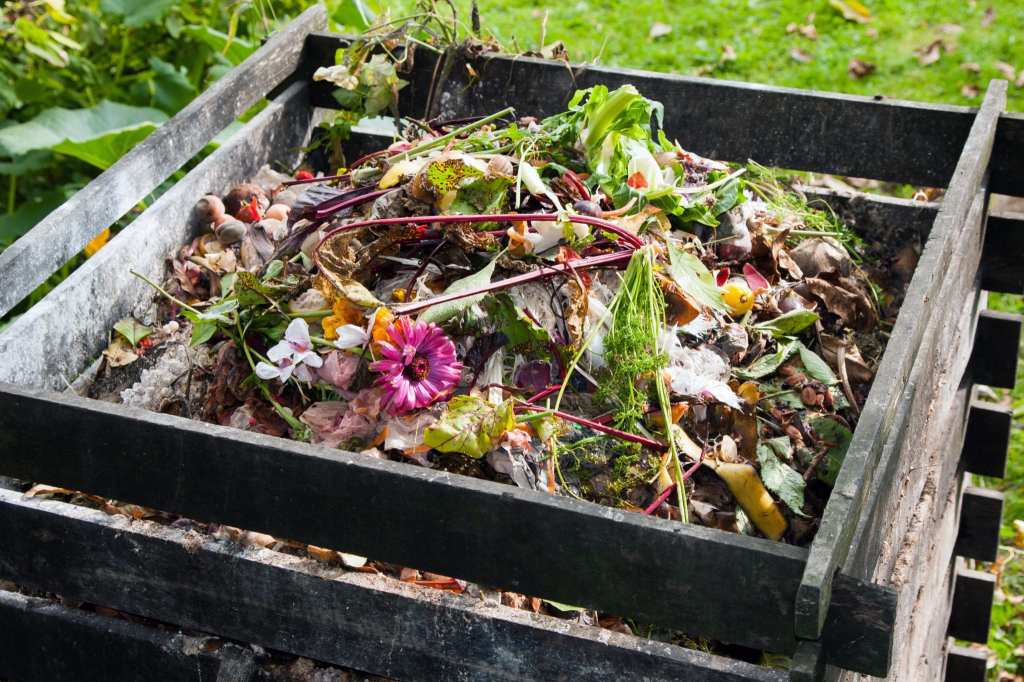Composting animal manure with human waste is a topic that raises eyebrows for many people. The idea of mixing poop from different species may seem unappealing, but it has been proven to be an effective way of creating nutrient-rich compost for gardens and farms.
Animal manure and human waste are two types of organic matter that contain valuable nutrients such as nitrogen, phosphorus, and potassium. When combined in a compost pile, they create a rich soil amendment that can improve soil structure, retain moisture, and provide essential nutrients to plants.
However, there are some important considerations to keep in mind when composting animal manure with human waste. Here are some key points to keep in mind:
1. Safety First
The safety considerations associated with composting animal manure with human waste cannot be overstated. Both sources of organic matter can contain harmful pathogens such as E.coli or Salmonella. Therefore it’s crucial to ensure proper hygiene measures during the handling process.
It is recommended that you wear gloves while handling both types of waste materials and wash your hands thoroughly afterward. Additionally, you should avoid using the resulting compost on edible crops unless it has been properly processed through heat treatment or aging.
2. Balance Your Compost Pile
To create high-quality compost that doesn’t smell bad or attract pests like flies or rodents, it’s important to balance your pile correctly.
Human waste tends to have higher nitrogen content compared to animal manure which has higher carbon content; this means combining them will help balance the C:N ratio needed for optimal decomposition – around 30:1 ratio (carbon:nitrogen). You can add additional carbon-rich materials such as dry leaves or straw if necessary,
3. Proper Management
Regular management is required during the decomposition process since temperatures need monitoring regularly at intervals between 4-7 days so digestion occurs quickly without any odor issues developing from anaerobic reactions occurring due insufficient ventilation.
You should also turn the compost pile regularly to ensure proper aeration and moisture control, which can help speed up the decomposition process. A good rule of thumb is to turn your pile every 1-2 weeks for optimal results.
4. Choose Your Animals Wisely
Not all animal manure is created equal when it comes to composting. Some animals like chickens, cows, horses produce high-quality manure that’s great for making compost while others like dogs and cats are not recommended at all.
Carnivorous animals tend to have higher levels of harmful pathogens in their waste materials compared to herbivorous ones; which means they shouldn’t be included in any composting efforts since it’s difficult sterilizing them properly.
5. Benefits of Composting Animal Manure with Human Waste
Composting animal manure with human waste has many benefits beyond just creating nutrient-rich soil amendments.
It’s an eco-friendly way of managing organic matter wastes while reducing greenhouse gas emissions from landfills (where most municipal solid waste ends up). The result is rich fertilizer or soil amendment that reduces reliance on chemical fertilizers and increases soil fertility over time due to its slow release nature..
Furthermore, it also promotes sustainable agriculture practices by recycling organic matter instead of relying on synthetic fertilizers which can cause environmental degradation through runoff polluting waterways.
In conclusion, Composting animal manure with human waste may seem unorthodox but it’s a proven method used by farmers around the world who understand its value as an efficient means of creating nutrient-rich soil amendments whilst promoting sustainability. It requires caution and careful management but once done correctly will yield amazing results both ecologically and agriculturally speaking!


Leave a comment